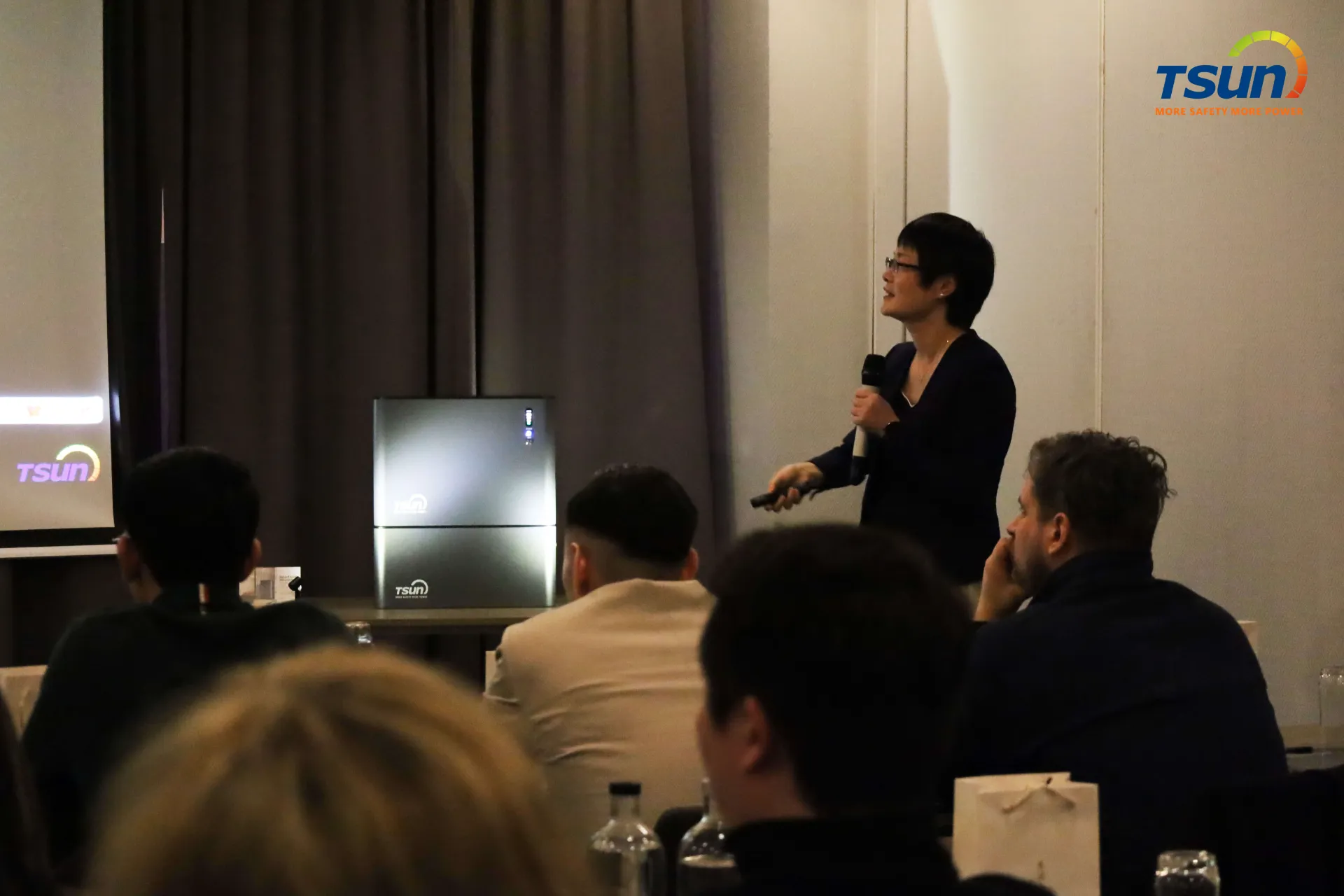Easy Solar Kit (with microinverter)
 LEARN DETAILS
LEARN DETAILS
Table of contents

(string inverter vs central inverter vs micro inverter)
Solar energy systems rely on inverters to convert DC electricity into usable AC power. Three primary technologies dominate the market: string inverters, central inverters, and microinverters. String inverters connect multiple panels in series, central inverters manage entire arrays through a single unit, while microinverters optimize each panel individually. Industry data shows microinverters now account for 32% of new residential installations due to panel-level monitoring advantages.
Efficiency ratings reveal critical differences:
| Type | Peak Efficiency | Partial Load Efficiency | Lifespan |
|---|---|---|---|
| String | 98% | 92% | 10-12 years |
| Central | 96.5% | 88% | 8-10 years |
| Micro | 97% | 95% | 25 years |
Microinverters maintain superior performance in shaded conditions, with only 8% power loss versus 34% for string systems according to NREL field tests.
Key players demonstrate distinct approaches:
| Brand | Flagship Model | Power Range | Monitoring | Warranty |
|---|---|---|---|---|
| Enphase | IQ8+ | 290-380W | Panel-level | 25 years |
| SMA | Sunny Boy | 3.8-7.7kW | System-level | 10 years |
| SolarEdge | HD-Wave | 3.8-11.4kW | Module-level | 12 years |
Residential rooftops with complex angles benefit from microinverters' shade tolerance, while utility-scale projects prefer central inverters' cost efficiency. Commercial installations often adopt hybrid systems - SolarEdge's power optimizers with string inverters reduce balance-of-system costs by 18% compared to full microinverter deployments.
A warehouse retrofit in Arizona compared three configurations:
| System | Initial Cost | Annual Yield | ROI Period |
|---|---|---|---|
| Central | $0.28/W | 810MWh | 6.2 years |
| String+Optimizers | $0.35/W | 892MWh | 5.8 years |
| Full Micro | $0.42/W | 927MWh | 7.1 years |
The string+optimizer solution delivered optimal financial returns despite lower energy harvest than microinverters.
Over a 10-year period, microinverter systems show 23% lower maintenance costs but require 18% higher initial investment. Central inverters become cost-prohibitive after year 7 due to replacement needs. For ground-mounted systems exceeding 1MW, central inverters maintain 9-12% cost advantages even accounting for replacements.
Final selection depends on three factors: shading conditions (microinverters preferred for >15% shade coverage), budget constraints (string systems offer fastest payback under $15k budgets), and scalability needs (central inverters dominate 500kW+ projects). Emerging technologies like Enphase's bidirectional IQ8 series are blurring traditional boundaries, enabling microgrid-ready installations at string inverter price points.

(string inverter vs central inverter vs micro inverter)

